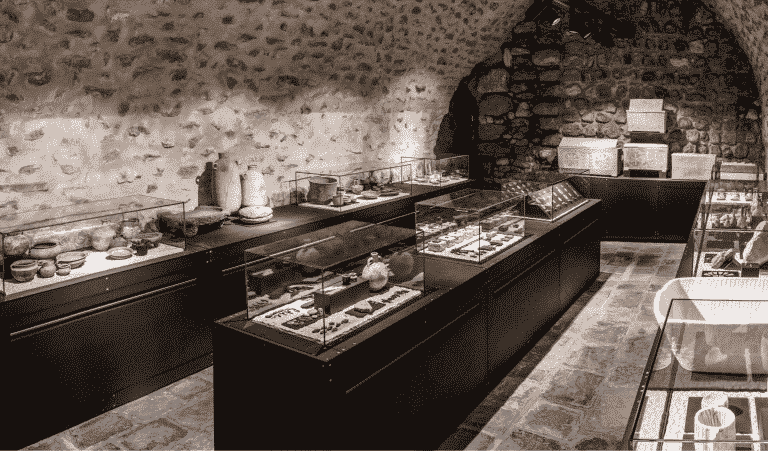Easter is now close. The Christian communities in Jerusalem are excited: the arrangements for the liturgies are bustling, the choir is completing the rehearsal, Churches and Sanctuaries are finally ready to welcome, after two years of pandemic, a great number of pilgrims. Even the shops along the Christian streets are preparing themselves: they are being filled with merchandise, shop windows are shining, shutters are being painted …
In the middle of what can look like a confusing rush, there are many, among the pilgrims, who are willing to live with deep attention the holy time that lead to the Resurrection. But how can you properly prepare Easter celebrations? A solution could be trying to concretely imagine how was the Easter of Jesus. Which plates he used during the Last Supper, and all those everyday life’s objects that could have surrounded him ...
Yes, but how can we imagine all of this?
The objects of Easter at the Terra Sancta Museum
It comes to our rescue the Terra Sancta Museum, which is located in Jerusalem at the beginning of the Via Dolorosa, near the small and elegant Church of the Flagellation The rooms of this museum are dedicated to the historical and archaeological study of the area in which the daily life of Jesus and his disciples took place. We can see something that allows us to return to breathe the air that two thousands years ago, most likely blew in the Cenacle.
Let’s enter, then, among the rooms of the exhibition; we cross the construction site still open for the setting up of the archaeological section, let’s leave behind the noise of drills and hammers, the piles of lime, and, between the overhanging walls of an elegant Mameluke house of the 14th century, let’s enter the historical section. An inscription in red and black lettering immediately centres the topic: “New Testament Times”.
Here we immediately find ourselves among what were the objects of common life in the first century. Dishes, tableware, lamps, coins, caskets, mirrors … In their well-ordered display cases, these furnishing seem to overlap in recounting Gospel and apostolic episodes. Each of them illuminates some aspect of the life of the Palestinian province at the time of the Lord. And it is beautiful to be guided, thanks to the captions, through the biblical stories that suddenly become visible beyond the glass.
The objects of Easter
It is thus possible to admire a beautiful collection of amphorae, some of which are round and others cylindrical, which were used for the storage and preservation of food and drink. The amphorae had a very important role in the ancient Roman houses; they were the only container suitable for storing water and liquids for a long period of time. This means a precious good in a land often tired tried by great droughts. Let's just think about the care with which Jesus himself invited to preserve these containers, when he stated: “And no one pours new wine into old wineskins. Otherwise, the new wine will burst the skins; the wine will run out and the wineskins will be ruined” (Luke 5, 37).
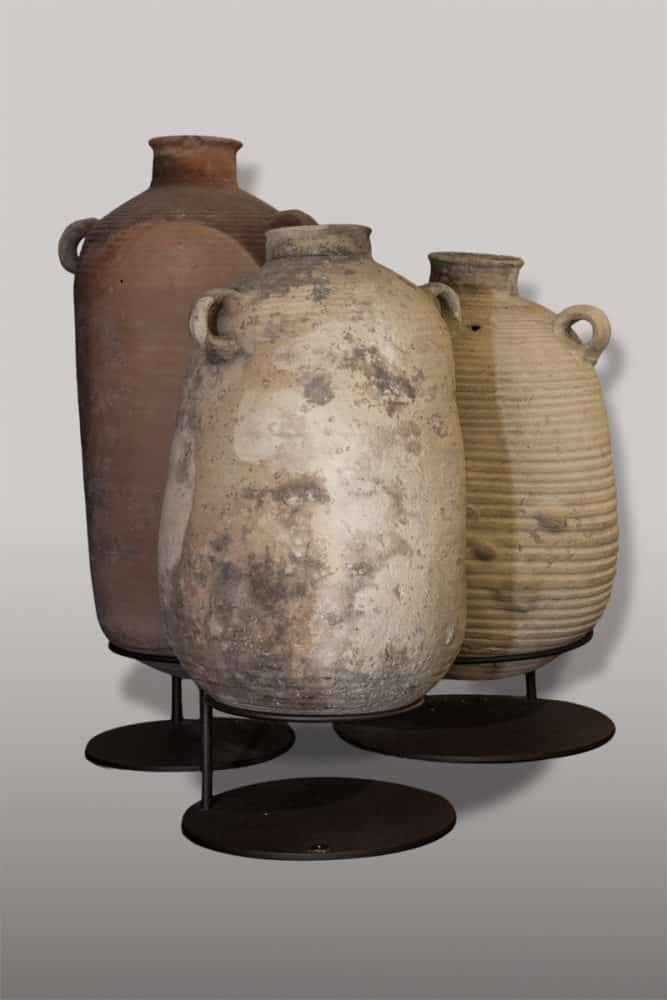
Next to the amphorae, some first-century tableware immediately take us to the Cenacle, where Jesus sat at table among his disciples. There, he instituted the Eucharist and identified the traitor. Among the dishes and kitchen utensils, we see the clay glasses and bowls of the time, which were suitable for a poor table as it could be that of the disciples of Jesus, simple men and certainly far from luxury.
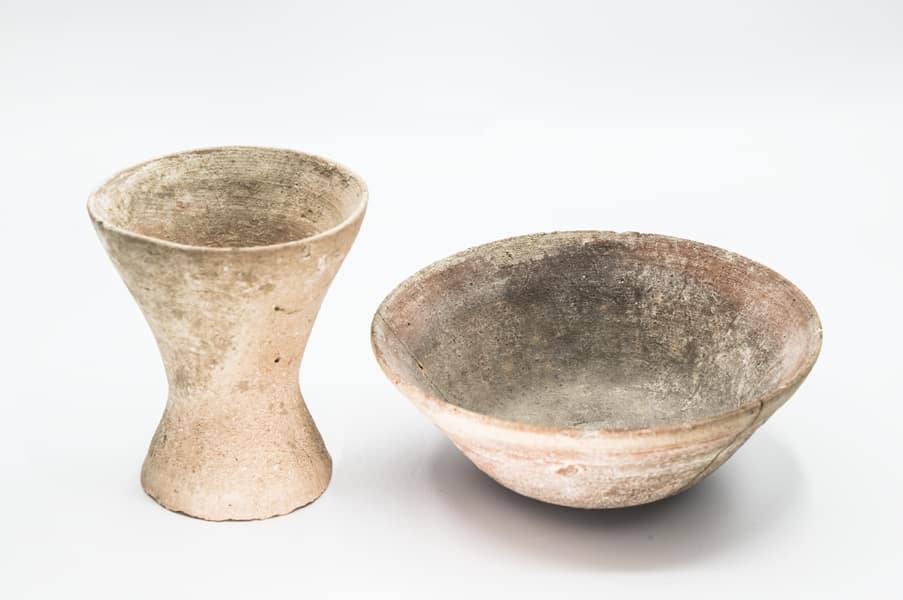
Luxury, however, was not lacking in the Roman province of Palestine: next to the earthenware furnishings, in fact, a large collection of ceramics allows us to know the ancient and fine art of Nabatean production, intended for the wealthier classes. There are also some glass cups, rare from an archaeological point of view and certainly used by the richest, given their value. Lastly, one can admire several vases used to contain perfumes and ointments, such as that "vase", probably made of alabaster, which the sinner mentioned by Luke (7:37) brought to the Master when he was visiting the Pharisee Simon.
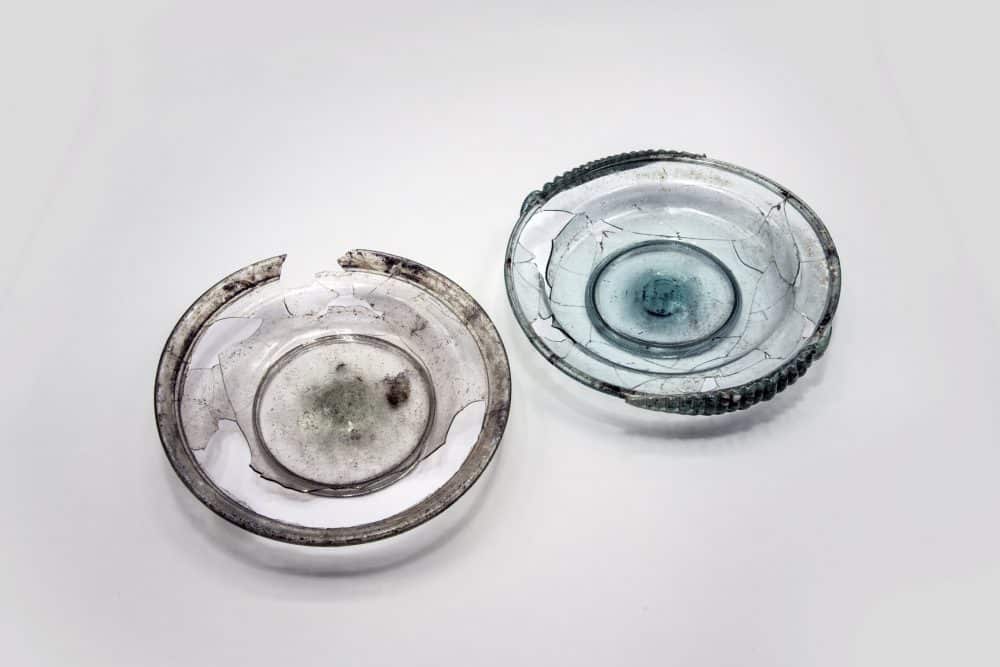
The coins of the Gospel
But it is not only this private space that finds its place inside the Terra Sancta Museum. A central exhibition is dedicated to objects used in public spaces: work tools, inkwells; coins, above all.
And coins, as we know, are mentioned a lot in the Gospel. In this Easter season, we remember those "thirty silver coins" that the evangelist Matthew (26:15) establishes as compensation for Judas' betrayal. And under the glass of the museum, you can see precisely those silver shekels that were used by the priests at the time of Jesus. The same coins, therefore, that were offered for the delivery of the Master to the Romans.
And how can not come to mind, staring at the beautiful piece of Roman currency, coined with Augusto’s effigy and the label Caesar Augustus, the question that Jesus asks the publicans, answering their provocation: “Whose image is this? And whose inscription?” (Matthew 22, 20). And is well known, after this question, the conclusion that Jesus draws in order to guarantee the legitimacy of the tribute, against the institutions of the publicans themselves, forced to admit the paternity of the prince regarding the coin: “So give back to Caesar what is Caesar’s, and to God what is God’s” (Matthew. 22, 21).
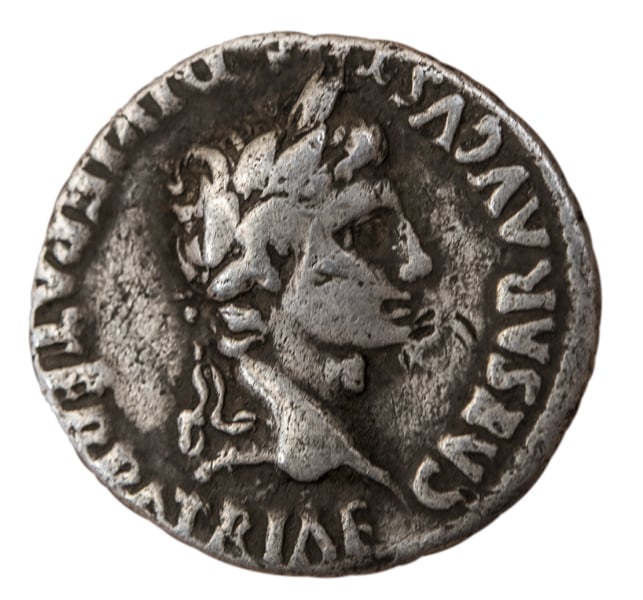
Or, how can we not think of the widow whom Jesus held up as a model, when among the thunderous offering of the rich she threw into the temple treasury. “He also saw a poor widow put in two very small copper coins” (Luke 21:2). And right next to the money, in fact, appear in the museum two bronze coins, two leptà, "worth only a few cents", Mark tells us (12, 42). Even on coins of such little weight and size, the inscription in Greek is legible: “the property of King Herod”. Another figure who was very active at the time of Jesus, of whom the Gospels speak on more than one occasion.
Or again, next to the round coinage coin, from various periods and origin, it hits the presence of a squared, metallic object. It is about one centimetre high, wide almost five, is made of bronze, and bears on the face the Greek wording: “half mine”. This is a unit of measurement for the weight, fundamental to establish prices. Sixty Attic mines were worth a talent, which was an exorbitant amount of money for the time of Jesus. Here, then, we can understand the even more exorbitant nature of the Gospel message when Jesus affirms that God the Father will also forgive people their debts “ten thousand talents” (Matthew 18:24), that is, six hundred thousand mines.
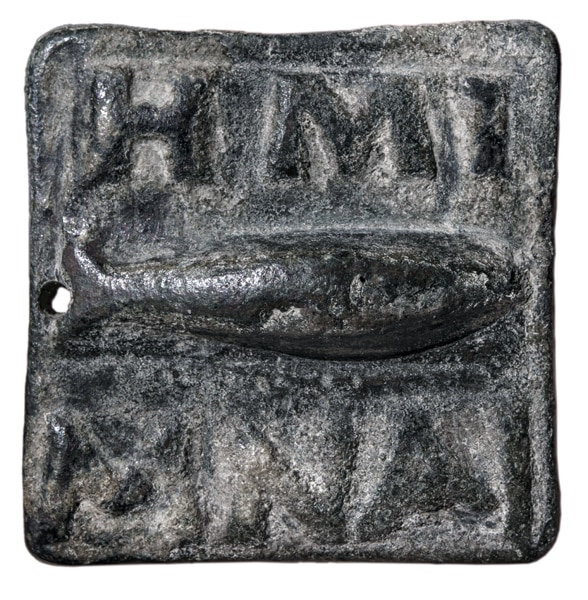
Something truly immense. All this can be seen and touched with one’s own hands at the Terra Sancta Museum in Jerusalem. Something that, in the festive tumult of voices that Easter raises in the Holy City, helps you to experience all the concreteness of an event that had its home here, about two thousand years ago.
So come and discover the beauties of the Holy Land’s history hidden in these halls, experience Easter with us!






